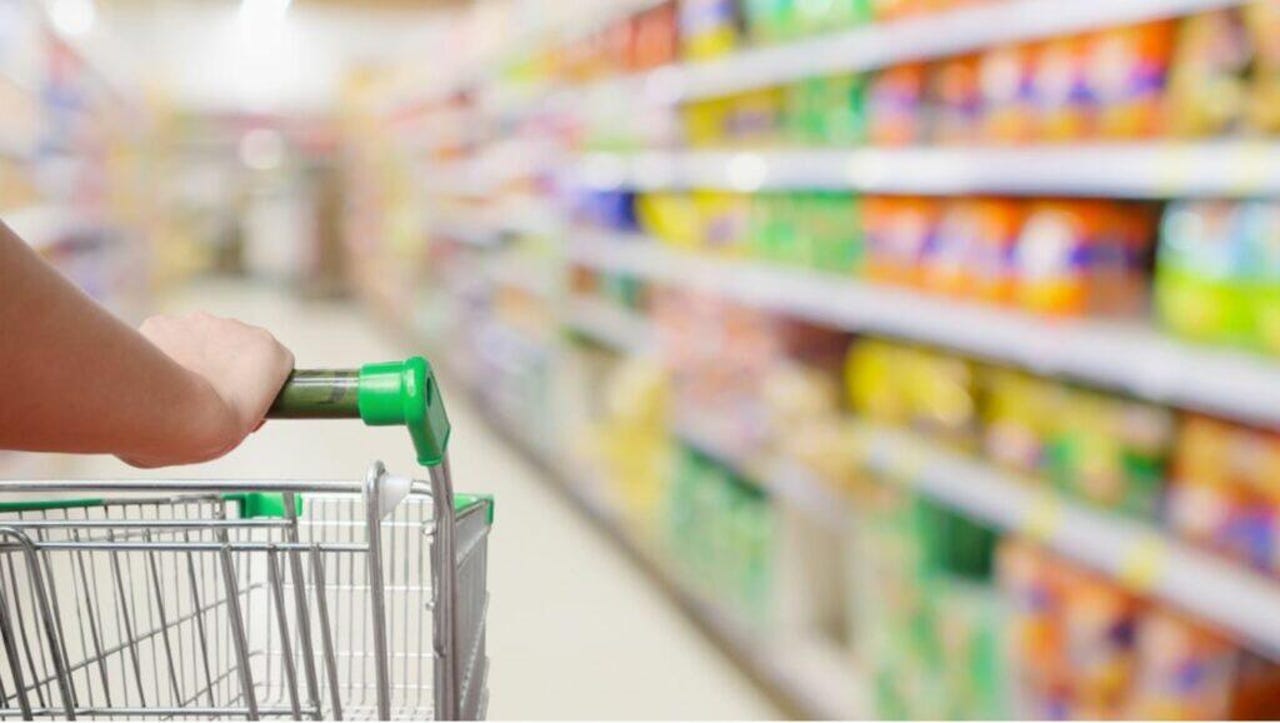Inflation is about to change grocery shopping for good


A new report tells us something you probably already know: The grocery bill is too high. At least there's some solace in knowing you're now alone.
The report reveals that 54% of US adults are more price-conscious due to grocery inflation and demonstrates how customers are growing more sensitive about the cost of grocery shopping. That's opening a wider door for end to end digital commerce companies in the grocery space, who say they can offer customers speed and efficiency while reducing bills compared to infrastructure-heavy brick and mortar stores.
Also: How to cut your grocery bill by shopping online
"The paradigm shift in grocery shopping in the wake of the Covid-19 pandemic, when massive numbers of shoppers embraced the ease and convenience of shopping online, has given way to a new era in which cost is king, and shoppers now feeling the pinch are under greater pressure to find the best-value option," says Mendel Gniwisch, CEO of stor.ai, a digital commerce solution for grocers.
Not only are a majority of shoppers more price-conscious now than they were a year ago, but critically that price sensitivity is impacting shopping behavior in tangible ways. In one sense, this is the other shoe dropping after the pandemic took a sledge hammer to our normal shopping routines, and digital commerce companies are capitalizing.
Examples of changing behavior include a turn back to coupons, which over one-fifth of surveyed respondents reported using more to reduce grocery expenses, as well as an embrace of budget brands. Pointedly, gas prices, while falling, are still historically high, adding a psychological toll to a trip to the store. Grocery delivery comes with its own premium price tag, but if service providers can find the sweet spot they may gain significant market share from weary shoppers.
"People still appreciate the ease and convenience of digital commerce, but when budgets are tight they aren't always willing to pay a premium fee for online services," says Gniwisch. "Grocery retailers will have no choice but to accommodate customer preferences if they are to remain competitive and profitable in times of increasing financial strain."
That's the conclusion here: Shoppers are ready to change their behaviors if there's a value case to be made, and the race is on between traditional grocers and digital retailers (and a vast middle ground of companies straddling both worlds) to take advantage.